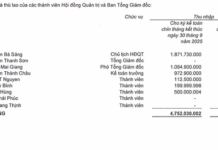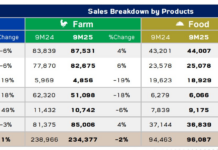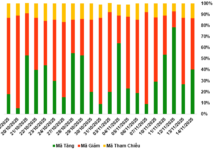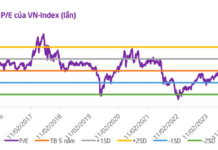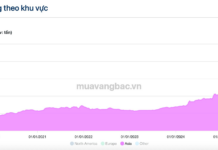
Illustration
Energy experts believe that while India can operate its refineries without Russian oil, it will entail economic and strategic trade-offs amid trade tensions with the US. Russian oil currently accounts for over 35% of India’s imports, offering a price advantage and higher distillation efficiency, which helps maintain refinery profits.
Following the Russia-Ukraine conflict in early 2022, imports from Russia to India surged to 1.8 million barrels per day. Last week, the US imposed an additional 25% tariff on Indian goods, bringing the total to 50%, exerting pressure to curtail Russian oil imports. Replacing this source could increase India’s import costs by $3-5 billion annually, aside from the risk of rising global oil prices.
In the 2024-25 financial year, India imported 88 million tons of Russian oil, equivalent to approximately 1.8 million barrels per day. In July alone, Russian oil imports reached 1.6 million barrels per day, far surpassing China (nearly 1 million barrels per day) and Turkey (around 500,000 barrels per day).
The US tariff hike on India aims to penalize New Delhi for its continued purchases of oil from Moscow. This tariff could impact up to $27 billion worth of Indian exports to the US that are not exempt from the tariff.
The threat of losing trade advantages has fueled discussions about restricting or ending Russian oil imports. According to Kpler, India could theoretically replace all its Russian oil imports but would face additional import costs of $3-5 billion annually, based on a price differential of about $5 per barrel. If global oil prices continue to rise due to restricted Russian supply, the financial burden would be even greater.
Kpler suggests that to substitute the 1.8 million barrels per day of Russian oil, India needs a multi-regional strategy. The Middle East is the most viable option operationally and could fulfill 60-70% of the replacement demand. Other sources like WTI Midland (US) are expected to contribute 200,000-400,000 barrels per day, with the remainder coming from West Africa and Latin America.
However, these alternative oils have limitations. US and West African oils are lighter, producing more gasoline and naphtha than diesel, which doesn’t align with India’s significant distillate fuel需求. Middle Eastern oil has a similar quality to Russian oil but is priced closely to the official selling price (OSP), narrowing profit margins from price differentials.
In addition to higher raw material costs, refineries also face increased transportation fees and credit costs. Moreover, India’s current crude oil storage capacity is limited, making it challenging to manage supply disruptions.
Losing access to Russian oil would decrease distillate output and increase residue production, eroding refinery profits. This could impact both domestic consumption and exports of products like diesel, which is currently a key export commodity.
The Kpler report emphasizes, “No other oil can match Russian oil in terms of cost, quality, and reliability, especially with many long-term Russian-Indian contracts in place. Substitution will alter product slates and reduce the competitiveness of Indian refineries in the international market.”
The Indian government has reacted firmly to the US tariff decision, asserting that energy security is a strategic priority. While there has been no official move to curtail Russian oil imports, some refineries have proactively purchased more oil from the Middle East as a precautionary measure.
According to ET
The Ultimate Guide to Gold’s Surge: Why Safe Havens are Shining Brighter Than Ever
The world’s largest gold ETF, SPDR Gold Trust, saw significant net purchases during Thursday’s session, marking a notable shift in investor sentiment.













